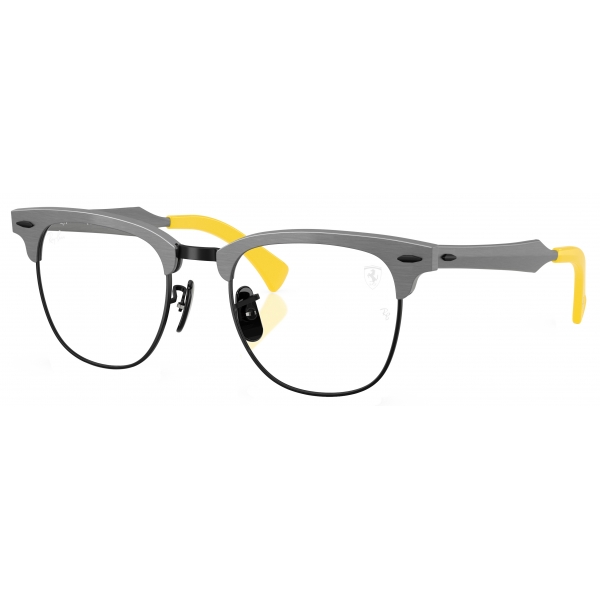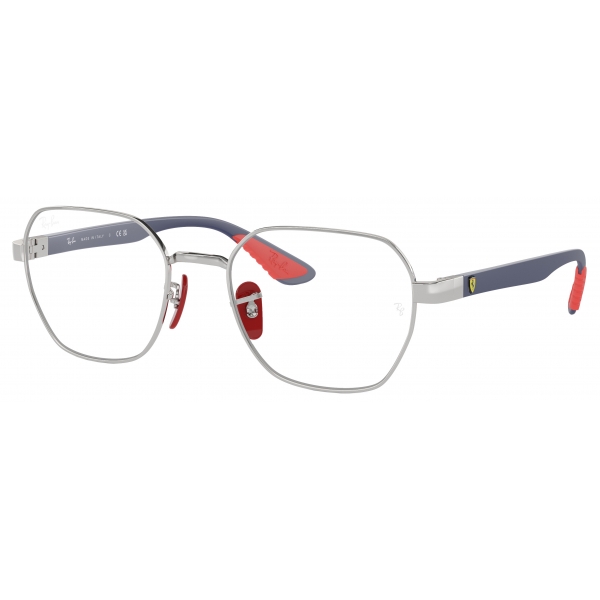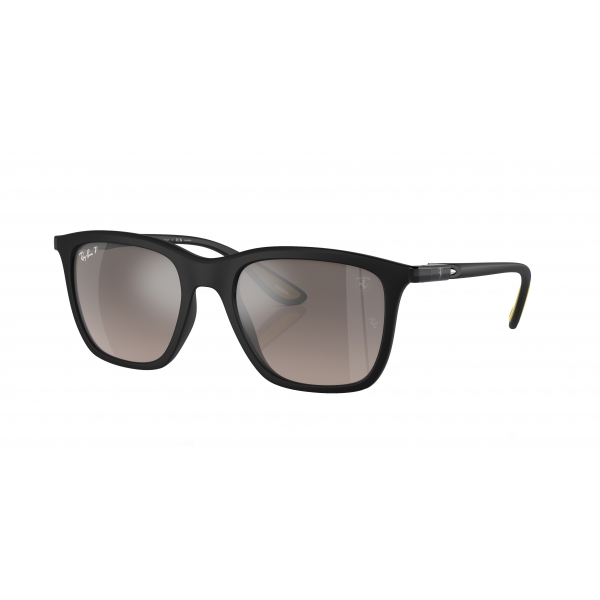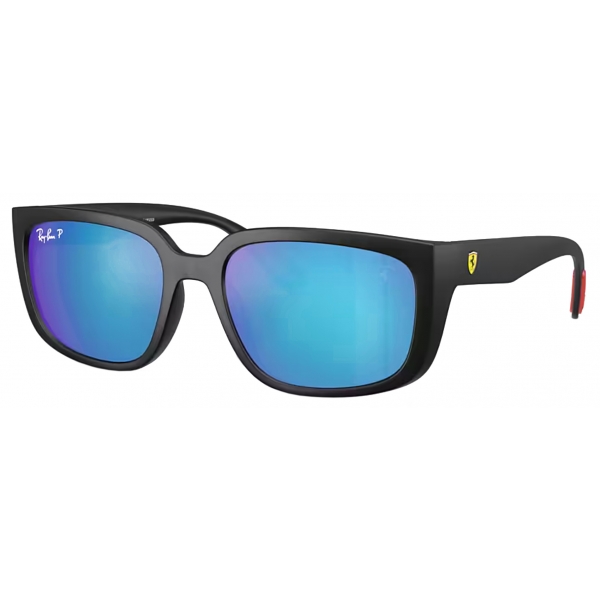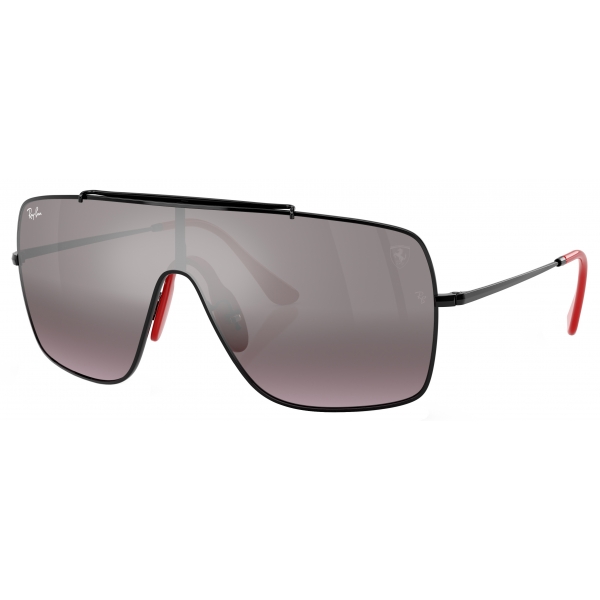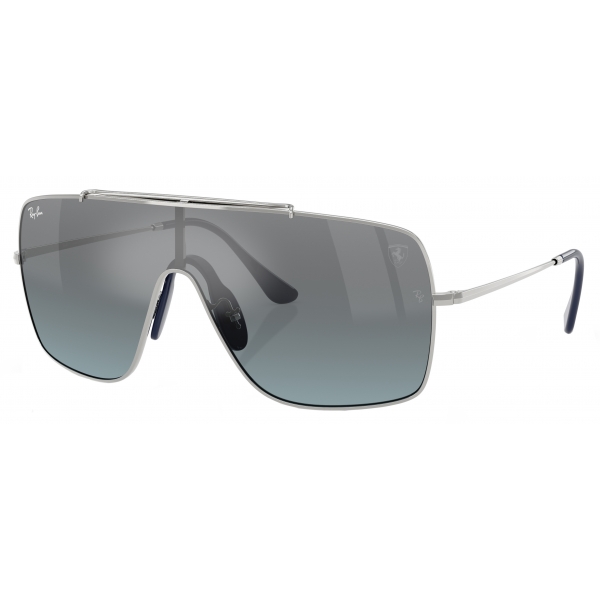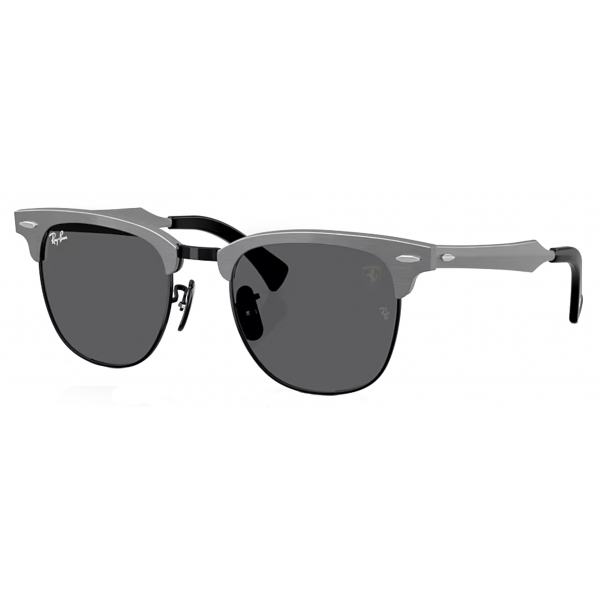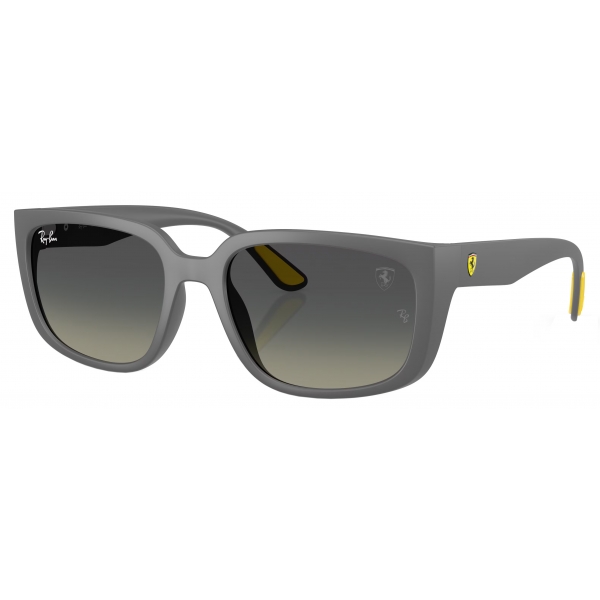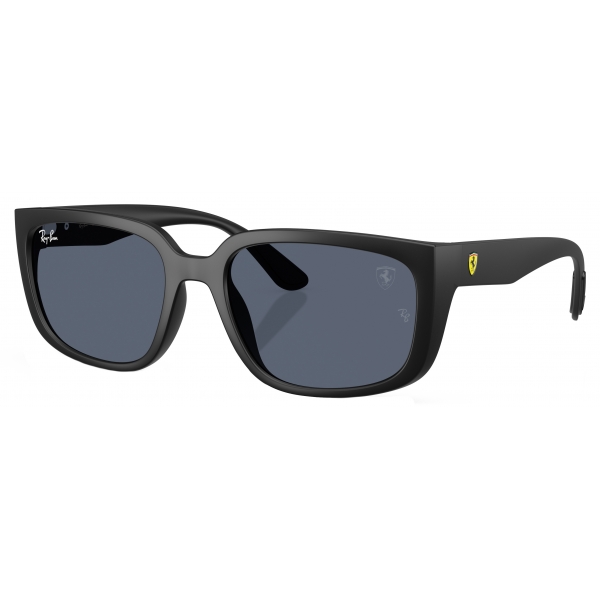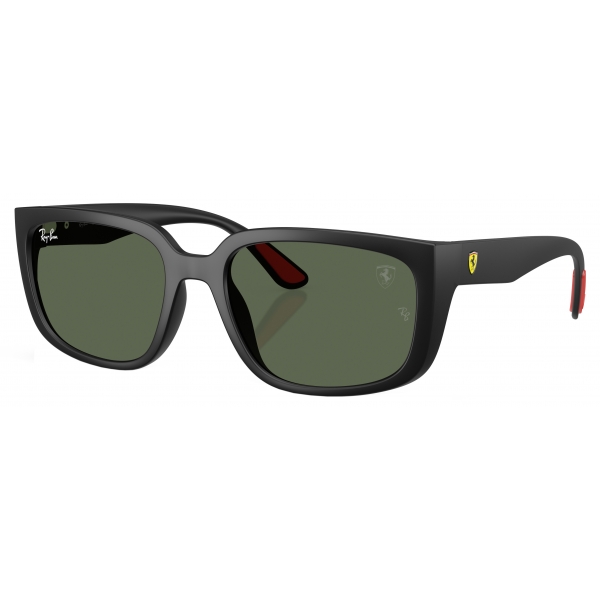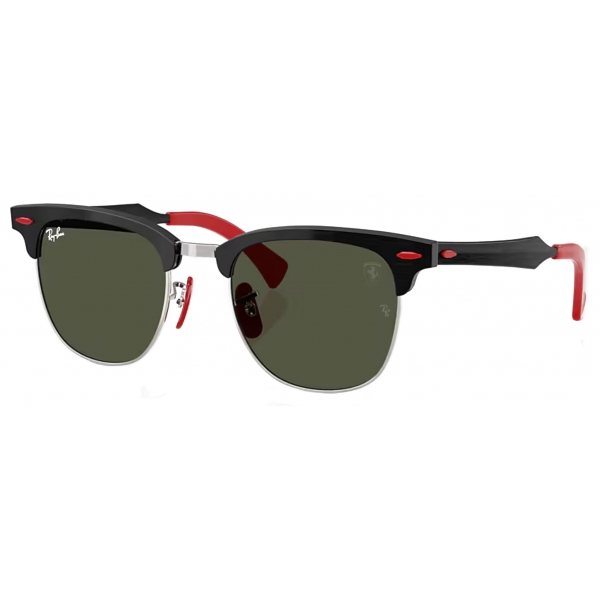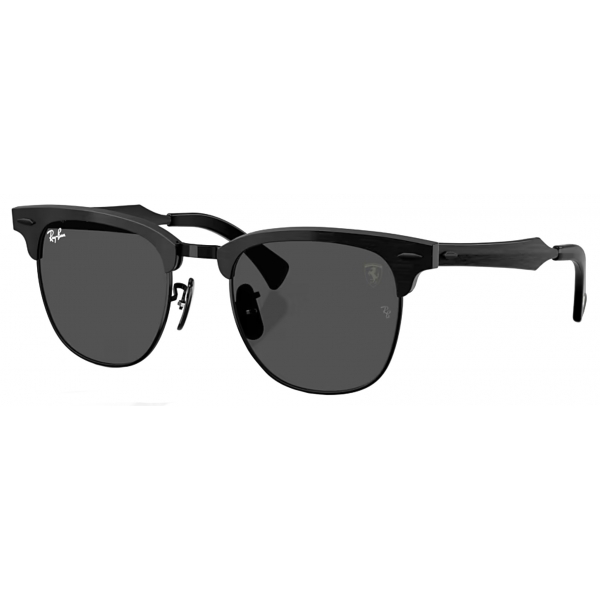No products
Categories
- Fashion Accessories
- Clothing
- Beauty & Lifestyle
-
Hi-Tech & Lifestyle
- Gaming
-
Case
- iPhone 11 Pro
- iPhone 11 Pro Max
- iPhone 11
- iPhone X / XS
- iPhone XS Max
- Samsung S10 / S10+ / S10e
- Huawei P30 / P30 Pro / P30 Lite
- Huawei P20 / P20 Pro / P20 Lite
- iPhone XR
- Samsung S9
- Samsung S9+
- iPhone 8 / 7
- iPhone 8 Plus / 7 Plus
- Samsung S8
- Samsung S8+
- Samsung S7
- Samsung S7 Edge
- iPhone 6 / 6 s
- iPhone 6 Plus / 6 s Plus
- iPhone 5 / SE
- Skin
- Audio
- Smart Home
- Drones & Hoverboard
- Photo & Video
- Desk Supplies
- Accessories
- Games
- Beverages
- Food
- Home
- Jewelry
- Luxury
- Travel
- Art
- Footwear
- Vintage Fashion
- Restaurants
- Sport
- Animals
- Gift Ideas
- Kidswear
Extra
Viewed Products
-

Yves Saint Laurent - Oversized SL 51 Shield Sunglasses - Black - Sunglasses -...
Oversized rimless shield sunglasses...
Ferrari
Italian Manufacturer of Luxury Sports Cars Based in Maranello
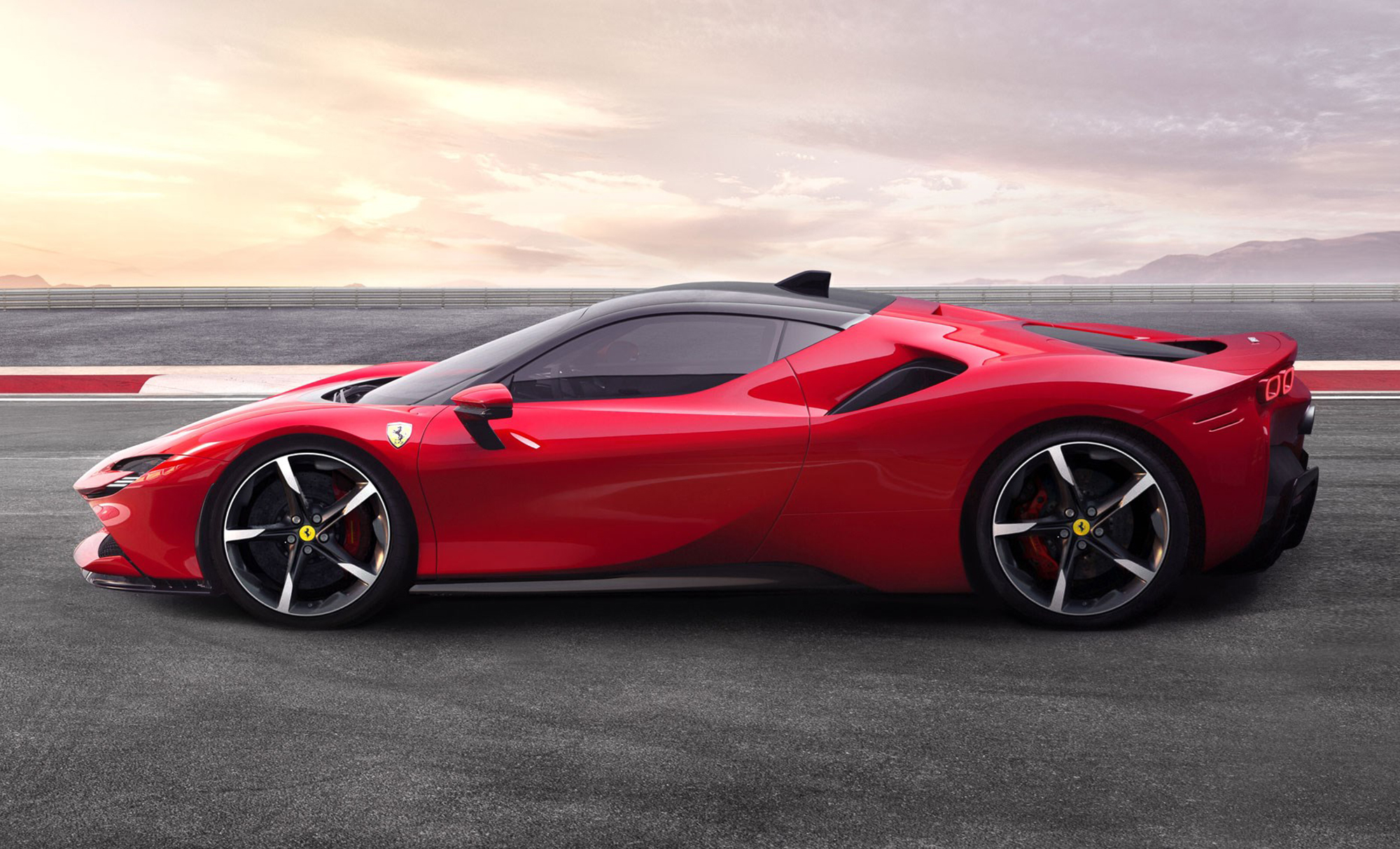
At The Origins of The Myth
 – Ode to the twelve cylindersFerrari 812 Competizione (2021) s.jpg)
Explore the moments that immortalized the myth of Ferrari, a race made of passion, craftsmanship and innovation.

Since 1947 in Maranello we have been building cars destined to win, on the track and on the road. The most challenging bad luck: the one against time.
'30 - '40 - The Origins

Our story officially begins in 1947, when the first Ferrari-branded car, the 125 S., came out of the historic door in Via Abetone Inferiore in Maranello. But the origins of Ferrari are inextricably linked to the life of the company founder.
Born in Modena on February 18, 1898 and died on August 14, 1988, Enzo Ferrari has dedicated his entire life to car racing. Official driver of Alfa Romeo in 1924, five years later he founded the Scuderia Ferrari, in Viale Trento Trieste in Modena, with the aim of involving his members, especially gentlemen, in motor racing competitions.
In 1938 he became director of Alfa Corse, a post he left in 1939 to found Auto Avio Costruzioni at the old headquarters of the Scuderia.
In this new company, Enzo Ferrari built a sports car, an 8-cylinder, 1500 cm³ spider called 815, which was built in two specimens and participated in the 1940 Mille Miglia. The beginning of the Second World War put an end to all competitive activities.
At the end of 1943 the Auto Avio Costruzioni workshops were transferred from Modena to Maranello. At the end of the conflict, the design and construction of the first Ferrari began, the 125 S, 12 cylinders, 1500 cm³ which, entrusted to Franco Cortese, made its debut on the Piacenza circuit on 11 May 1947 and on the 25th of the same month it won its first race at the Rome Grand Prix, on the circuit around the Baths of Caracalla.
'50 - The Success

The 1950s marked important changes: at the end of the decade the whole world will know the name Ferrari.
From a sporting point of view, the first successes of a series that will lead Scuderia Ferrari to become the most successful team ever in the history of Formula 1 are celebrated.
In the field Endurance wins his first Mille Miglia in 1948, the first 24 Hours of Le Mans in 1949 while in Formula 1 he wins the first Grand Prix valid for the Formula 1 World Championship in 1951, in 1952 Ferrari is Champion of the Mondo with Alberto Ascari, which will also be repeated in '53.
The industrial side also recorded significant events: the collaboration with the historic Carrozzeria Scaglietti began in 1951 for the production and assembly of Ferrari chassis.
The success with the public is such that between 1950 and 1960 sales are more than tripled.
'60 ' 70 - Consolidation

Enzo Ferrari, aware of the fact that the development of industrial activity requires a modern and structured corporate structure, undergoes some important changes: in 1960 Ferrari became a joint stock company, and in '69 he signed an agreement with the Fiat group for the sale of 50% of the Ferrari shares.
In 1973 the production of cars with the first rear-mounted V8 engines begins, which will enjoy great commercial success. Throughout the 1970s, sales continued to increase, driven by the success of cars such as the 308 GTB, 308 GT4 and GTS.

Even the racing department is certainly not watching.
At the end of the 1960s, the first sponsors appeared on F1 cars as well as the first logos on the bodies of Ferrari single-seaters: the agreement with Shell dates back to 1968, still today the main sponsor together with Philip Morris International (who arrives in '84). In the second half of the decade, the Scuderia achieved great successes in F1, triumphing several times in the Drivers and Constructors' World Championships.
'80 - '90 - Towards The New Millennium

During the 1980s we are going through perhaps the most delicate moment.

The decade ends with the sad note of Enzo Ferrari's death in 1988. Furthermore, Fiat increases its shareholding up to 90%, the remaining 10% remains in the hands of Enzo's son, Piero Ferrari.
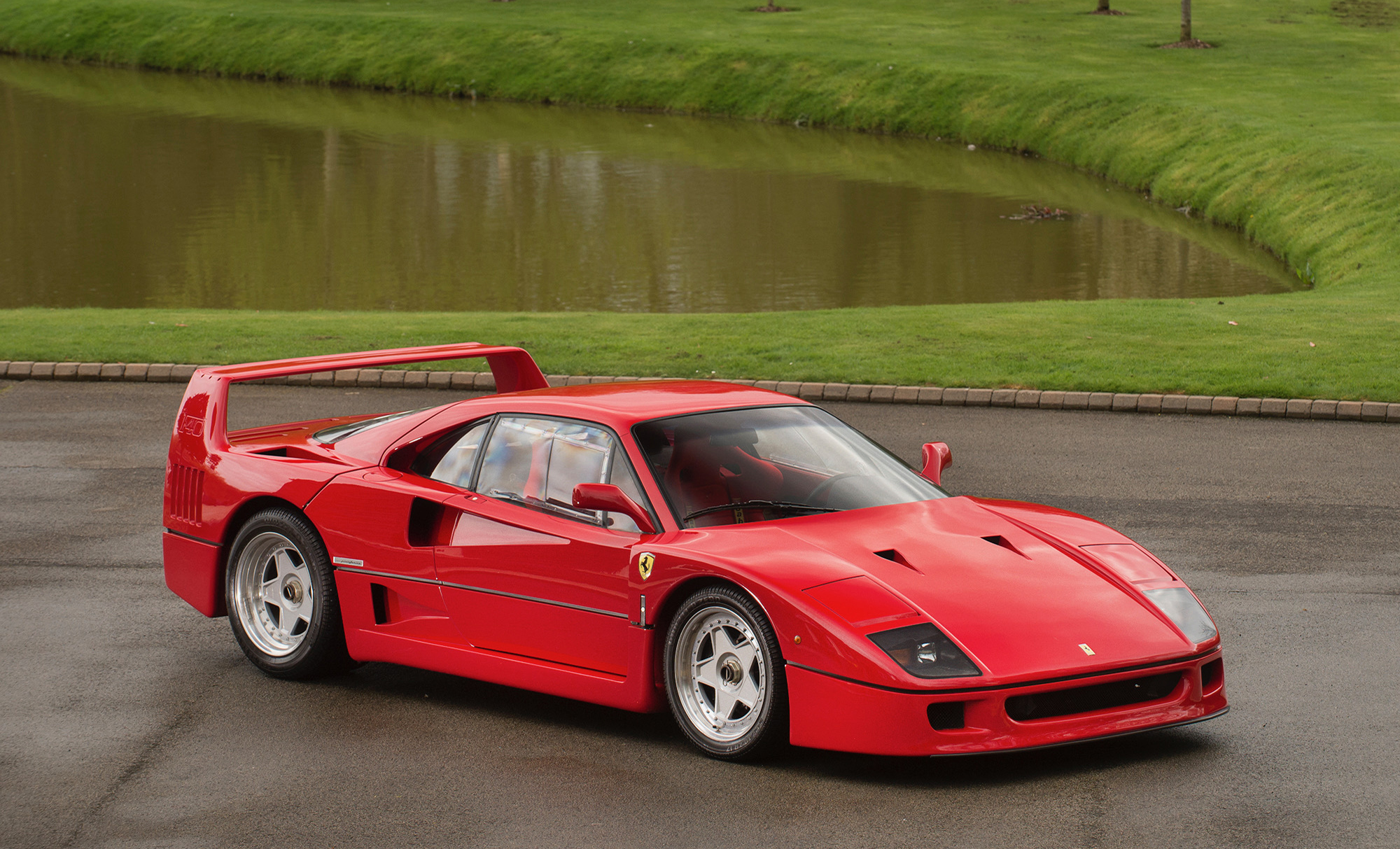
If only two Constructors' World Championships come from Formula 1 ('82 and '83), in those same years cars capable of marking an era take shape: the 288 GTO and the Testarossa in 1984, the F40, the last car of Enzo Ferrari , in 1987, followed by the F50 in 1995.
2000 - 2010 - The Dominion of The Reds in F1
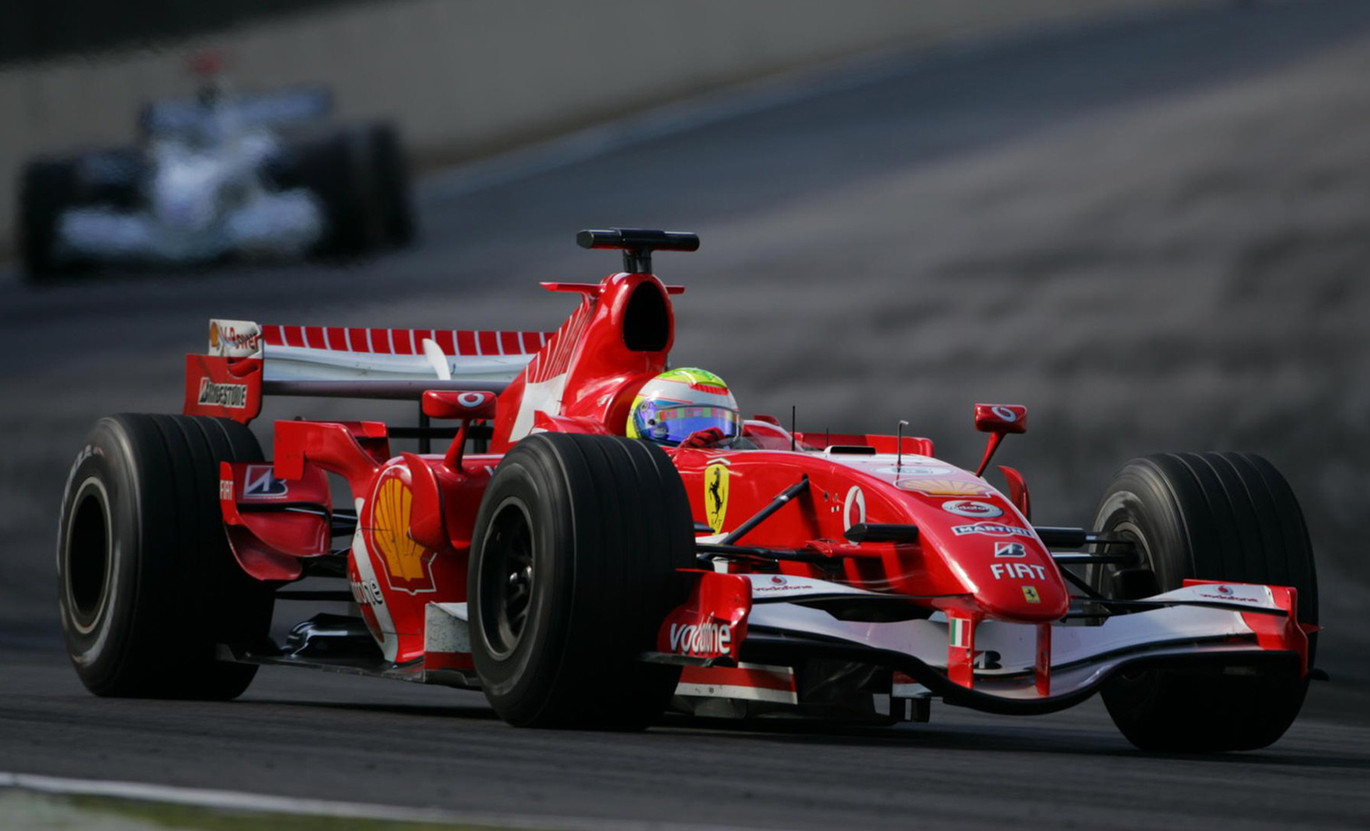
The new millennium begins giving us great sporting satisfactions: in America there are important triumphs, with three 12 Hours of Sebring and a 24 Hours of Daytona, but it is above all in F1 that our team achieves victories in series: from 2000 to 2008 they arrive in fact thirteen World Championships: six Drivers (five with Schumacher and one with Räikkönen) and seven Manufacturers.
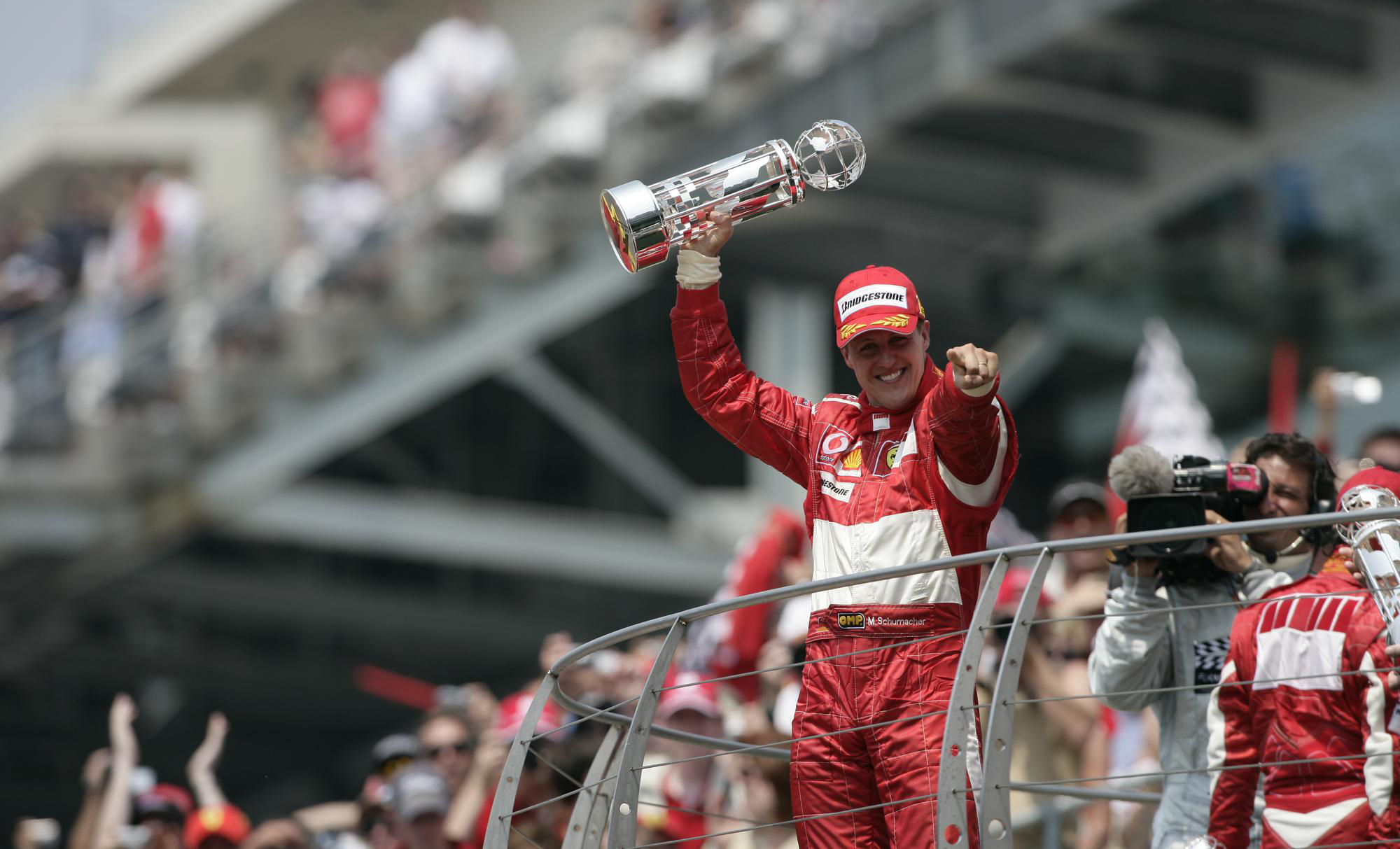
From a commercial point of view, for years they have seen the launch of successful models such as the Enzo Ferrari in 2002 and the F430 in 2004 and, above all, the launch of a branding policy that after the inauguration of the first Ferrari Store in Maranello in 2002, will culminate in a series of openings in Italy and abroad bringing the Ferrari brand to 30 stores around the world, including St. Petersburg, Dubai, Abu Dhabi, Singapore, New York and Miami.
2010 to Today - New Markets and Stock Exchange Quotes
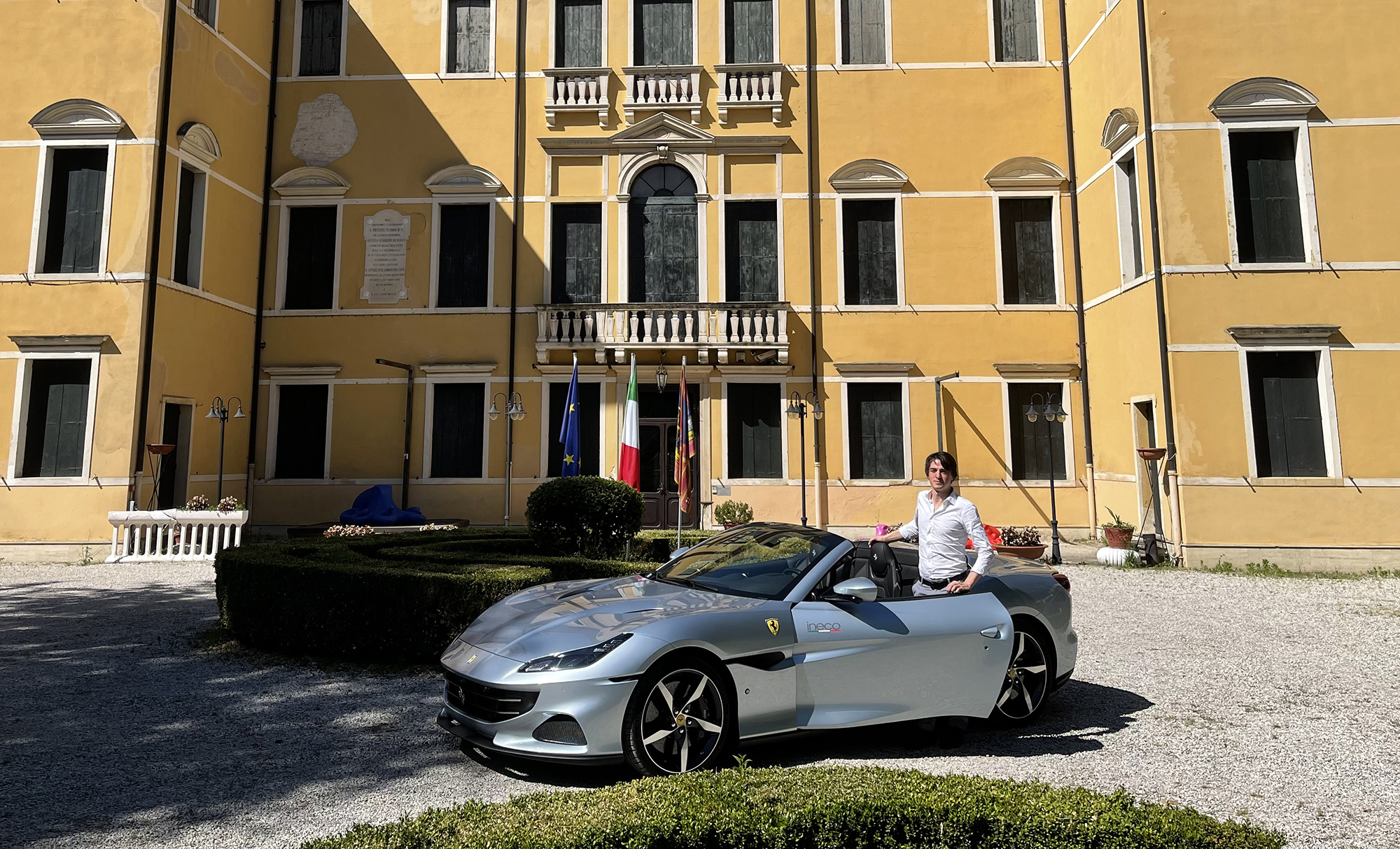
The third millennium begins with a decade of strong expansion.
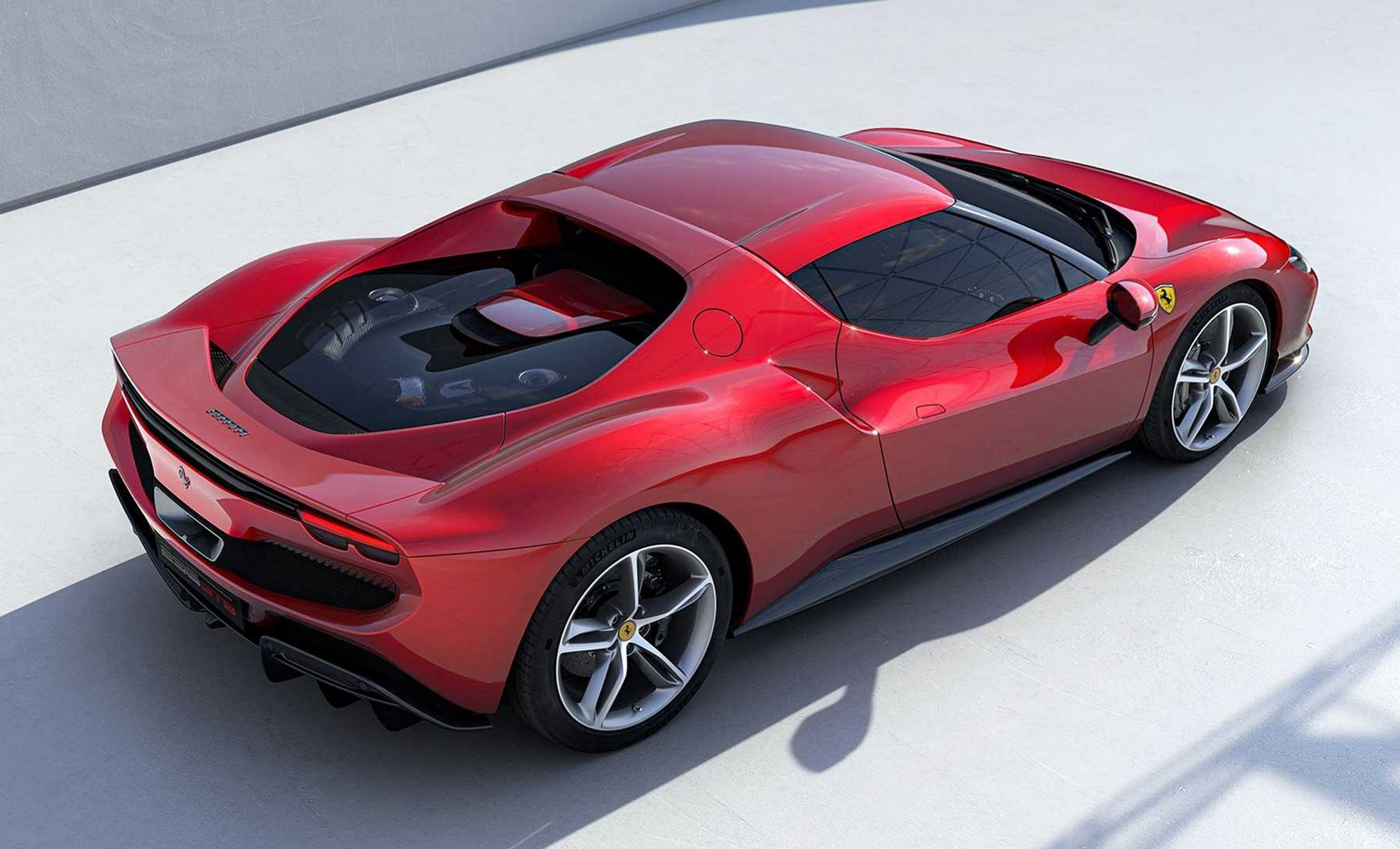
.jpg)
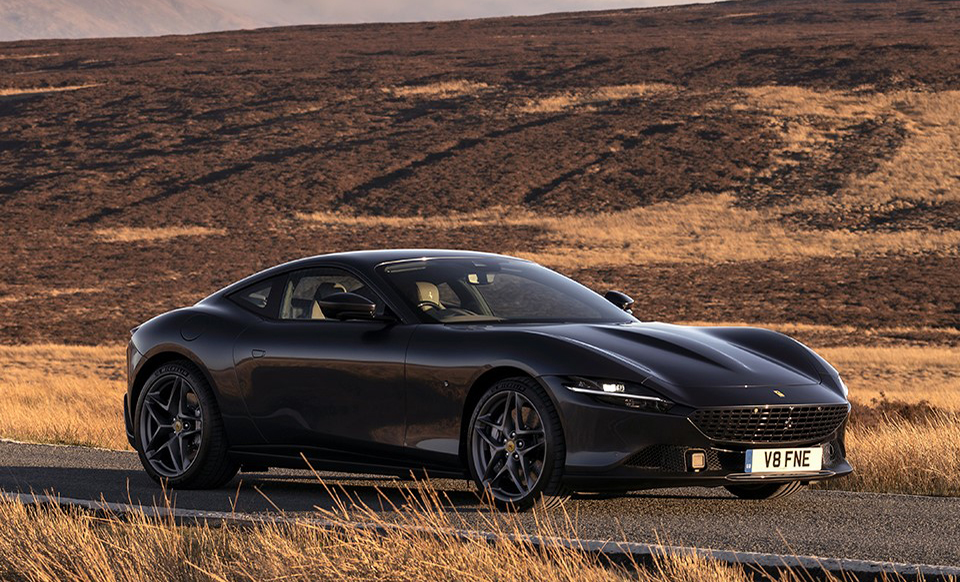
We expand our presence in emerging markets such as the Middle East, China, Japan and the rest of the Far East, while consolidating our position in the US, UK and German markets. We are also working in the same direction at the range level, with the addition of models that offer a higher level of comfort and driveability, while maintaining Ferrari-like performance.
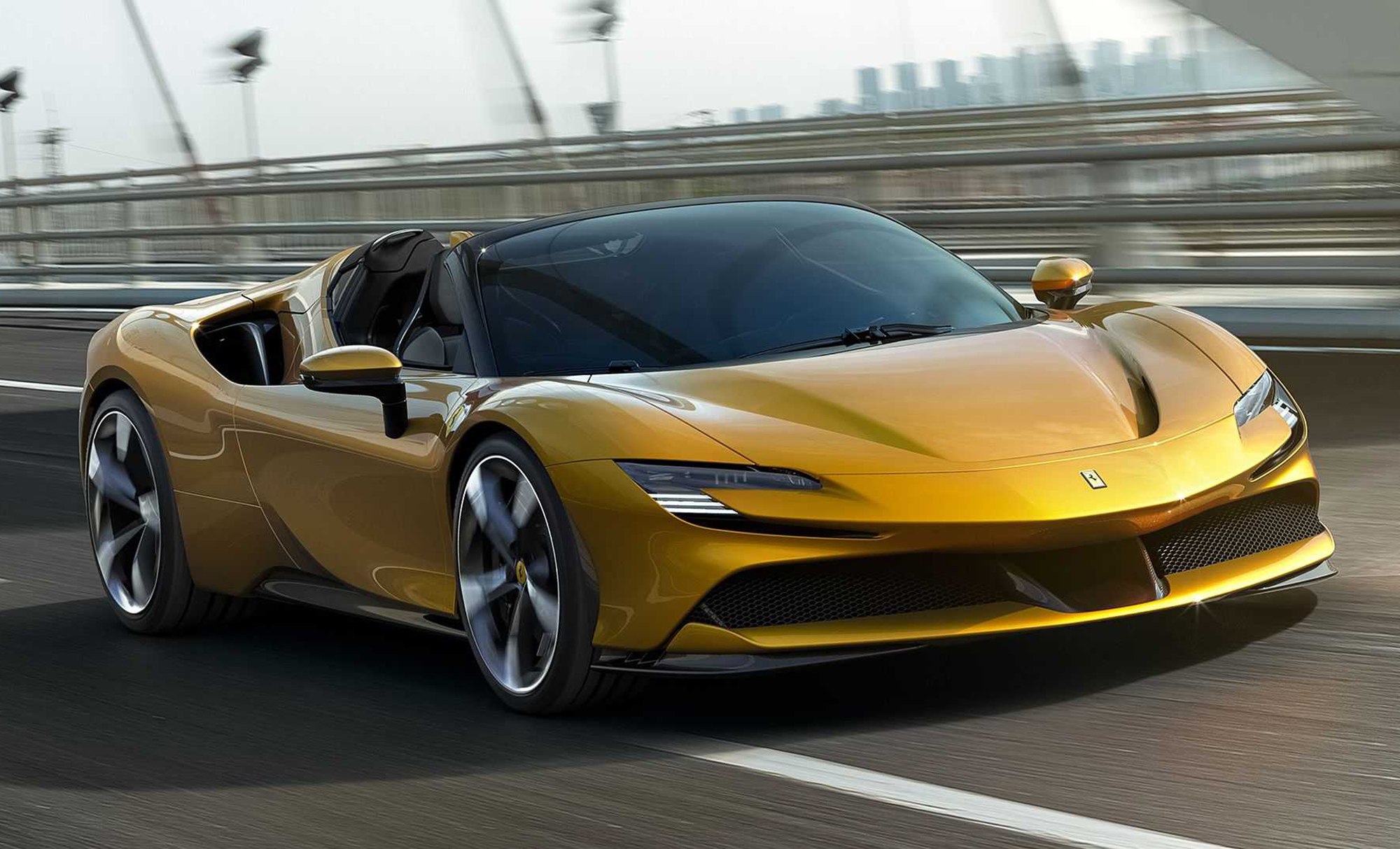
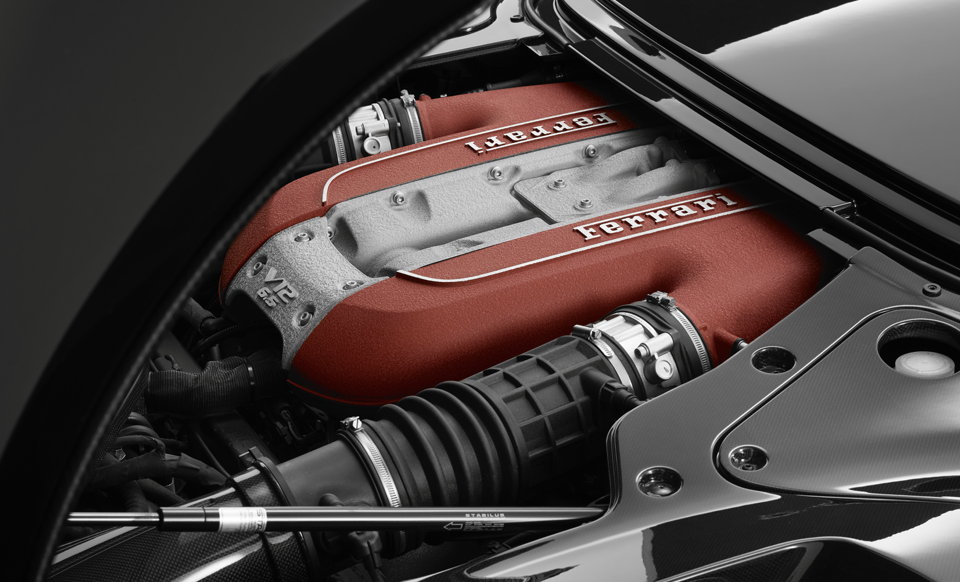

In 2015, FCA put 10% of its Ferrari shares up for sale as part of an initial public offering and on 21 October Ferrari was admitted to listing on the New York Stock Exchange (NYSE: RACE). On 4 January 2016, Ferrari was also listed on the Italian Stock Exchange, becoming an independent company.

Ferrari
Italian Manufacturer of Luxury Sports Cars Based in Maranello

At The Origins of The Myth
 – Ode to the twelve cylindersFerrari 812 Competizione (2021) s.jpg)
Explore the moments that immortalized the myth of Ferrari, a race made of passion, craftsmanship and innovation.

Since 1947 in Maranello we have been building cars destined to win, on the track and on the road. The most challenging bad luck: the one against time.
'30 - '40 - The Origins

Our story officially begins in 1947, when the first Ferrari-branded car, the 125 S., came out of the historic door in Via Abetone Inferiore in Maranello. But the origins of Ferrari are inextricably linked to the life of the company founder.
Born in Modena on February 18, 1898 and died on August 14, 1988, Enzo Ferrari has dedicated his entire life to car racing. Official driver of Alfa Romeo in 1924, five years later he founded the Scuderia Ferrari, in Viale Trento Trieste in Modena, with the aim of involving his members, especially gentlemen, in motor racing competitions.
In 1938 he became director of Alfa Corse, a post he left in 1939 to found Auto Avio Costruzioni at the old headquarters of the Scuderia.
In this new company, Enzo Ferrari built a sports car, an 8-cylinder, 1500 cm³ spider called 815, which was built in two specimens and participated in the 1940 Mille Miglia. The beginning of the Second World War put an end to all competitive activities.
At the end of 1943 the Auto Avio Costruzioni workshops were transferred from Modena to Maranello. At the end of the conflict, the design and construction of the first Ferrari began, the 125 S, 12 cylinders, 1500 cm³ which, entrusted to Franco Cortese, made its debut on the Piacenza circuit on 11 May 1947 and on the 25th of the same month it won its first race at the Rome Grand Prix, on the circuit around the Baths of Caracalla.
'50 - The Success

The 1950s marked important changes: at the end of the decade the whole world will know the name Ferrari.
From a sporting point of view, the first successes of a series that will lead Scuderia Ferrari to become the most successful team ever in the history of Formula 1 are celebrated.
In the field Endurance wins his first Mille Miglia in 1948, the first 24 Hours of Le Mans in 1949 while in Formula 1 he wins the first Grand Prix valid for the Formula 1 World Championship in 1951, in 1952 Ferrari is Champion of the Mondo with Alberto Ascari, which will also be repeated in '53.
The industrial side also recorded significant events: the collaboration with the historic Carrozzeria Scaglietti began in 1951 for the production and assembly of Ferrari chassis.
The success with the public is such that between 1950 and 1960 sales are more than tripled.
'60 ' 70 - Consolidation

Enzo Ferrari, aware of the fact that the development of industrial activity requires a modern and structured corporate structure, undergoes some important changes: in 1960 Ferrari became a joint stock company, and in '69 he signed an agreement with the Fiat group for the sale of 50% of the Ferrari shares.
In 1973 the production of cars with the first rear-mounted V8 engines begins, which will enjoy great commercial success. Throughout the 1970s, sales continued to increase, driven by the success of cars such as the 308 GTB, 308 GT4 and GTS.

Even the racing department is certainly not watching.
At the end of the 1960s, the first sponsors appeared on F1 cars as well as the first logos on the bodies of Ferrari single-seaters: the agreement with Shell dates back to 1968, still today the main sponsor together with Philip Morris International (who arrives in '84). In the second half of the decade, the Scuderia achieved great successes in F1, triumphing several times in the Drivers and Constructors' World Championships.
'80 - '90 - Towards The New Millennium

During the 1980s we are going through perhaps the most delicate moment.

The decade ends with the sad note of Enzo Ferrari's death in 1988. Furthermore, Fiat increases its shareholding up to 90%, the remaining 10% remains in the hands of Enzo's son, Piero Ferrari.

If only two Constructors' World Championships come from Formula 1 ('82 and '83), in those same years cars capable of marking an era take shape: the 288 GTO and the Testarossa in 1984, the F40, the last car of Enzo Ferrari , in 1987, followed by the F50 in 1995.
2000 - 2010 - The Dominion of The Reds in F1

The new millennium begins giving us great sporting satisfactions: in America there are important triumphs, with three 12 Hours of Sebring and a 24 Hours of Daytona, but it is above all in F1 that our team achieves victories in series: from 2000 to 2008 they arrive in fact thirteen World Championships: six Drivers (five with Schumacher and one with Räikkönen) and seven Manufacturers.

From a commercial point of view, for years they have seen the launch of successful models such as the Enzo Ferrari in 2002 and the F430 in 2004 and, above all, the launch of a branding policy that after the inauguration of the first Ferrari Store in Maranello in 2002, will culminate in a series of openings in Italy and abroad bringing the Ferrari brand to 30 stores around the world, including St. Petersburg, Dubai, Abu Dhabi, Singapore, New York and Miami.
2010 to Today - New Markets and Stock Exchange Quotes

The third millennium begins with a decade of strong expansion.

.jpg)

We expand our presence in emerging markets such as the Middle East, China, Japan and the rest of the Far East, while consolidating our position in the US, UK and German markets. We are also working in the same direction at the range level, with the addition of models that offer a higher level of comfort and driveability, while maintaining Ferrari-like performance.



In 2015, FCA put 10% of its Ferrari shares up for sale as part of an initial public offering and on 21 October Ferrari was admitted to listing on the New York Stock Exchange (NYSE: RACE). On 4 January 2016, Ferrari was also listed on the Italian Stock Exchange, becoming an independent company.

-
Ferrari - Ray-Ban - RB3807VM F109 51-21 - Official Original Scuderia Ferrari...
Throughout its seven-and-a-half decades, Ray-Ban has been instrumental in pushing boundaries in music and the arts, forging the rise of celebrity culture, and creating the power of the rock and movie stars to influence fashion.
255,00 € 300,00 € -15%Reduced price ! -
Ferrari - Ray-Ban - RX6594M F097 54-20 - Official Original Scuderia Ferrari...
Throughout its seven-and-a-half decades, Ray-Ban has been instrumental in pushing boundaries in music and the arts, forging the rise of celebrity culture, and creating the power of the rock and movie stars to influence fashion.
232,90 € 274,00 € -15%Reduced price ! -
Ferrari - Ray-Ban - RB0499P F092M3 52-20 - Official Original Scuderia Ferrari...
Throughout its seven-and-a-half decades, Ray-Ban has been instrumental in pushing boundaries in music and the arts, forging the rise of celebrity culture, and creating the power of the rock and movie stars to influence fashion.
216,75 € 255,00 € -15%Reduced price ! -
Ferrari - Ray-Ban - Scuderia Ferrari Sainz Special Edition 2024 - RB4433M...
Throughout its seven-and-a-half decades, Ray-Ban has been instrumental in pushing boundaries in music and the arts, forging the rise of celebrity culture, and creating the power of the rock and movie stars to influence fashion.
247,35 € 291,00 € -15%Reduced price ! -
Ferrari - Ray-Ban - Scuderia Ferrari Leclerc Special Edition 2024 - RB4433M...
Throughout its seven-and-a-half decades, Ray-Ban has been instrumental in pushing boundaries in music and the arts, forging the rise of celebrity culture, and creating the power of the rock and movie stars to influence fashion.
247,35 € 291,00 € -15%Reduced price ! -
Ferrari - Ray-Ban - Scuderia Ferrari Monza Ltd | RB8395M F1156B 52-20 -...
Throughout its seven-and-a-half decades, Ray-Ban has been instrumental in pushing boundaries in music and the arts, forging the rise of celebrity culture, and creating the power of the rock and movie stars to influence fashion.
512,55 € 603,00 € -15%Reduced price ! -
Ferrari - Ray-Ban - Ferrari 499P - Hypercar | Limited Edition - RB3703M...
Throughout its seven-and-a-half decades, Ray-Ban has been instrumental in pushing boundaries in music and the arts, forging the rise of celebrity culture, and creating the power of the rock and movie stars to influence fashion.
266,90 € 314,00 € -15%Reduced price ! -
Ferrari - Ray-Ban - RB4443M F602A1 57-19 - Official Original Scuderia Ferrari...
Throughout its seven-and-a-half decades, Ray-Ban has been instrumental in pushing boundaries in music and the arts, forging the rise of celebrity culture, and creating the power of the rock and movie stars to influence fashion.
286,45 € 337,00 € -15%Reduced price ! -
Ferrari - Ray-Ban - RB4443M F6025J 57-19 - Official Original Scuderia Ferrari...
Throughout its seven-and-a-half decades, Ray-Ban has been instrumental in pushing boundaries in music and the arts, forging the rise of celebrity culture, and creating the power of the rock and movie stars to influence fashion.
286,45 € 337,00 € -15%Reduced price ! -
Ferrari - Ray-Ban - RB3697M F009Y3 0-135 - Official Original Scuderia Ferrari...
Throughout its seven-and-a-half decades, Ray-Ban has been instrumental in pushing boundaries in music and the arts, forging the rise of celebrity culture, and creating the power of the rock and movie stars to influence fashion.
232,90 € 274,00 € -15%Reduced price ! -
Ferrari - Ray-Ban - RB3697M F03087 0-135 - Official Original Scuderia Ferrari...
Throughout its seven-and-a-half decades, Ray-Ban has been instrumental in pushing boundaries in music and the arts, forging the rise of celebrity culture, and creating the power of the rock and movie stars to influence fashion.
211,65 € 249,00 € -15%Reduced price ! -
Ferrari - Ray-Ban - RB3697M F1048G 0-135 - Official Original Scuderia Ferrari...
Throughout its seven-and-a-half decades, Ray-Ban has been instrumental in pushing boundaries in music and the arts, forging the rise of celebrity culture, and creating the power of the rock and movie stars to influence fashion.
224,40 € 264,00 € -15%Reduced price ! -
Ferrari - Ray-Ban - RB3697M F104Y0 0-135 - Official Original Scuderia Ferrari...
Throughout its seven-and-a-half decades, Ray-Ban has been instrumental in pushing boundaries in music and the arts, forging the rise of celebrity culture, and creating the power of the rock and movie stars to influence fashion.
232,90 € 274,00 € -15%Reduced price ! -
Ferrari - Ray-Ban - RB3697M F105Y1 0-135 - Official Original Scuderia Ferrari...
Throughout its seven-and-a-half decades, Ray-Ban has been instrumental in pushing boundaries in music and the arts, forging the rise of celebrity culture, and creating the power of the rock and movie stars to influence fashion.
232,90 € 274,00 € -15%Reduced price ! -
Ferrari - Ray-Ban - RB3807M F108K8 51-21 - Official Original Scuderia Ferrari...
Throughout its seven-and-a-half decades, Ray-Ban has been instrumental in pushing boundaries in music and the arts, forging the rise of celebrity culture, and creating the power of the rock and movie stars to influence fashion.
306,85 € 361,00 € -15%Reduced price ! -
Ferrari - Ray-Ban - RB3807M F1134L 51-21 - Official Original Scuderia Ferrari...
Throughout its seven-and-a-half decades, Ray-Ban has been instrumental in pushing boundaries in music and the arts, forging the rise of celebrity culture, and creating the power of the rock and movie stars to influence fashion.
323,85 € 381,00 € -15%Reduced price ! -
Ferrari - Ray-Ban - RB4443M F60811 57-19 - Official Original Scuderia Ferrari...
Throughout its seven-and-a-half decades, Ray-Ban has been instrumental in pushing boundaries in music and the arts, forging the rise of celebrity culture, and creating the power of the rock and movie stars to influence fashion.
243,95 € 287,00 € -15%Reduced price ! -
Ferrari - Ray-Ban - RB4443M F70287 57-19 - Official Original Scuderia Ferrari...
Throughout its seven-and-a-half decades, Ray-Ban has been instrumental in pushing boundaries in music and the arts, forging the rise of celebrity culture, and creating the power of the rock and movie stars to influence fashion.
231,20 € 272,00 € -15%Reduced price ! -
Ferrari - Ray-Ban - RB4443M F60271 57-19 - Official Original Scuderia Ferrari...
Throughout its seven-and-a-half decades, Ray-Ban has been instrumental in pushing boundaries in music and the arts, forging the rise of celebrity culture, and creating the power of the rock and movie stars to influence fashion.
231,20 € 272,00 € -15%Reduced price ! -
Ferrari - Ray-Ban - RB3807M F11031 51-21 - Official Original Scuderia Ferrari...
Throughout its seven-and-a-half decades, Ray-Ban has been instrumental in pushing boundaries in music and the arts, forging the rise of celebrity culture, and creating the power of the rock and movie stars to influence fashion.
251,60 € 296,00 € -15%Reduced price ! -
Ferrari - Ray-Ban - RB3807M F111B1 51-21 - Official Original Scuderia Ferrari...
Throughout its seven-and-a-half decades, Ray-Ban has been instrumental in pushing boundaries in music and the arts, forging the rise of celebrity culture, and creating the power of the rock and movie stars to influence fashion.
251,60 € 296,00 € -15%Reduced price !



